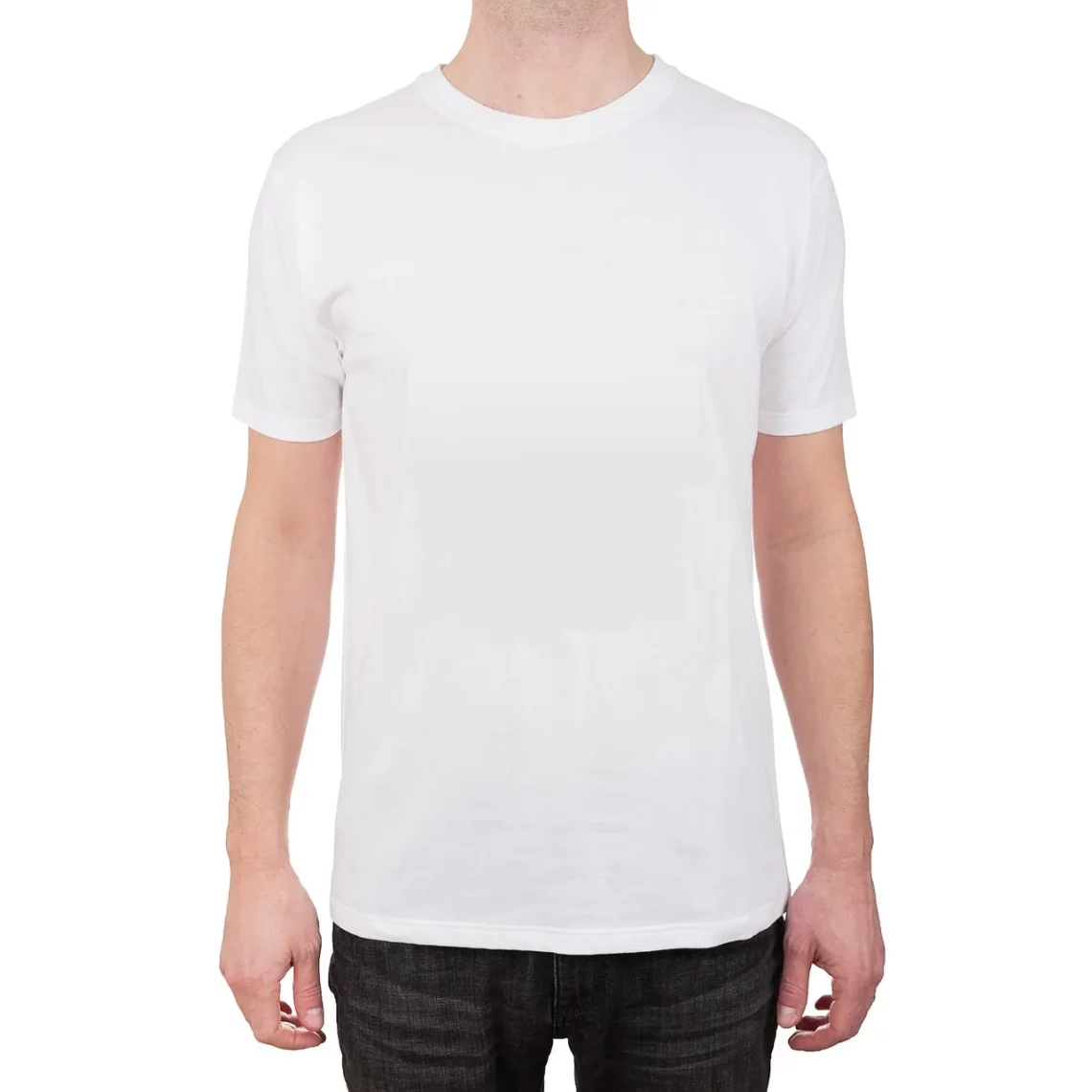
The Ultimate Guide to Choosing Weight Lifting Shirts for Maximum Comfort
When it comes to weightlifting, the right gear can make all the difference in your performance and comfort. Among the various types of clothing, weight lifting shirts stand out as an essential piece of apparel for both seasoned lifters and beginners alike. These shirts not only provide a layer of protection against friction and discomfort but also help enhance your overall workout experience.
Choosing the right weight lifting shirt is not merely about aesthetics; it involves considering several factors such as fabric type, fit, and functionality. The right shirt can offer you the freedom to move, support your posture, and even boost your confidence while you’re in the gym. With countless options available on the market—from compression shirts that improve blood flow to loose-fitting tanks designed for maximum ventilation—understanding what to look for can help you make an informed decision.
Moreover, the importance of comfort cannot be overstated. The last thing you want is to be distracted by an ill-fitting shirt while you’re focused on your lifts. Comfort directly impacts your performance, allowing you to maintain focus and achieve your fitness goals. As you explore the world of weight lifting shirts, keep in mind that personal preferences and individual body types play a significant role in what may work best for you.
Understanding Fabric Types for Weight Lifting Shirts
The fabric of your weight lifting shirt plays a crucial role in its performance and comfort. Different materials offer various benefits, and understanding these can help you make a more informed choice.
First and foremost, cotton is often considered a staple in gym wear. It is breathable, soft, and comfortable against the skin, making it a favorite among many lifters. However, cotton tends to absorb moisture, which can leave you feeling damp during intense workouts. This absorption can also lead to discomfort as the shirt clings to your body, potentially restricting movement.
On the other hand, synthetic fabrics like polyester and nylon have gained popularity due to their moisture-wicking properties. These materials pull sweat away from the skin, promoting faster evaporation and keeping you dry throughout your sessions. This is particularly beneficial for those who engage in high-intensity training or longer workouts, as staying dry can prevent chafing and irritation.
Another fabric worth considering is spandex or elastane, which is often blended with other materials to provide stretchability. Shirts with a spandex content offer a snug fit that supports your movements while providing ample range of motion. This blend is particularly advantageous for weightlifting, where flexibility is key to achieving the right form.
Moreover, some brands have developed specialized fabrics designed to enhance performance further. For instance, moisture-wicking technology combined with anti-odor properties can keep you feeling fresh and clean, even during the most grueling sessions. When shopping for a weight lifting shirt, consider the activities you’ll engage in and choose a fabric that aligns with your workout needs.
Fit and Style: Finding Your Perfect Weight Lifting Shirt
Fit and style are essential factors when selecting a weight lifting shirt, as they directly impact your comfort and performance. A well-fitted shirt should allow you to move freely while providing adequate support.
When it comes to fit, there are generally three categories to choose from: loose, fitted, and compression. Loose-fitting shirts offer maximum airflow and comfort, making them ideal for those who prefer a relaxed style. They are often made from lightweight materials that do not cling to the body, allowing for a wider range of movement. However, some lifters may find that loose shirts can get in the way during certain exercises.
Fitted shirts offer a balance between comfort and support. They are designed to hug the body without being overly tight, allowing for a full range of motion while reducing the risk of the shirt bunching up during lifts. This style is popular among those who want a more streamlined appearance while still prioritizing comfort.
Compression shirts take things a step further by providing a tight fit that supports muscle performance. They are designed to enhance blood circulation, which can help improve endurance and reduce muscle fatigue. While some may find the snug fit uncomfortable, many athletes swear by the benefits of compression wear, especially during high-intensity workouts.
In addition to fit, consider the style of the shirt. Weight lifting shirts come in various designs, including short sleeves, long sleeves, and sleeveless options. The choice often depends on personal preference and the type of workouts you engage in. For example, sleeveless shirts can offer more ventilation and freedom of movement, while long-sleeved shirts may provide additional warmth during colder months.
Ultimately, the best shirt for you is one that aligns with your personal style and meets the demands of your training routine.
Functionality and Features to Look For
When selecting a weight lifting shirt, functionality and specific features can greatly enhance your workout experience. Understanding these can help you choose a shirt that not only looks good but also performs well during intense training sessions.
One important feature to look for is moisture-wicking technology. As mentioned earlier, staying dry during your workouts is crucial for comfort and performance. Shirts equipped with moisture-wicking capabilities help manage sweat, keeping you cool and dry as you lift. This function can be a game-changer, especially during high-energy or prolonged workouts.
Another beneficial feature is the presence of flatlock seams. These seams are designed to reduce chafing and irritation during movement, which is particularly important in weightlifting when your body is constantly in motion. Flatlock seams lie flat against the skin, minimizing friction and allowing for a more comfortable experience.
Ventilation is another aspect to consider. Shirts with mesh panels or strategically placed ventilation zones can enhance airflow, making it easier for your body to regulate temperature during intense sessions. This feature is particularly beneficial in warmer environments or during high-intensity workouts when overheating can become an issue.
Additionally, some weight lifting shirts come with built-in UV protection, which can be important for outdoor workouts. If you frequently lift weights outside, consider investing in shirts that offer protection against harmful UV rays, ensuring that your skin remains safe while you train.
Finally, consider the shirt’s durability. Look for reinforced stitching and high-quality materials that can withstand the rigors of weightlifting. Investing in a durable shirt may save you money in the long run, as it will last longer and perform better over time.
In summary, when selecting a weight lifting shirt, prioritize functionality and specific features that align with your workout needs. A well-chosen shirt can significantly enhance your performance and comfort in the gym.
Personal Preference and Body Type Consideration
While fabric, fit, and functionality are crucial, personal preference and body type cannot be overlooked when choosing a weight lifting shirt. Each individual is unique, and what works for one person may not work for another.
First, consider your body type. Different shirts may suit various body shapes better. For instance, if you have a more muscular build, you may prefer fitted or compression shirts that accommodate your physique. These styles can enhance your look while providing support where it’s needed most.
Conversely, if you have a more slender frame, loose-fitting shirts may offer a more comfortable and flattering fit. It’s essential to try on different styles and see how they feel during movement. Comfort should always be a priority, as an ill-fitting shirt can distract you during your workouts.
Personal preference also plays a significant role in selecting a weight lifting shirt. Some individuals may prioritize aesthetics, opting for designs and colors that resonate with their personal style. Others may focus solely on performance features, choosing shirts based on their functionality and comfort level.
Before making a purchase, consider your previous experiences with different shirt styles and materials. Think about what you liked and disliked, and use that information to guide your decision. Don’t hesitate to experiment with various options until you find the perfect combination of comfort, style, and functionality.
In conclusion, the journey to finding the ideal weight lifting shirt involves a combination of understanding fabric types, fit, functionality, and personal preference. By taking the time to explore your options, you can enhance your workout experience, ensuring that you feel comfortable and confident while achieving your fitness goals.
**Disclaimer:** This article is for informational purposes only and is not intended as medical advice. Always consult with a healthcare professional for any health-related issues or concerns.




